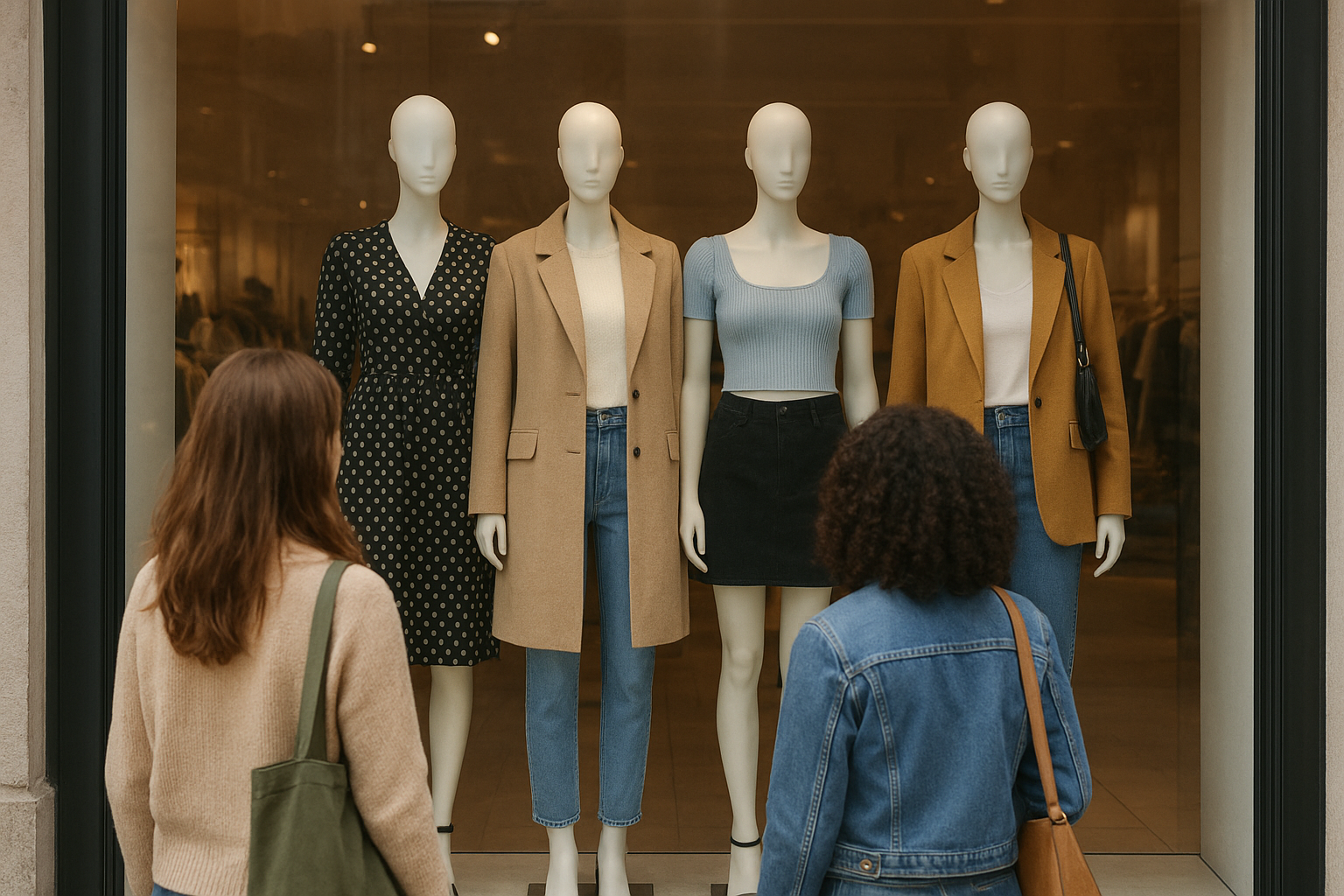
Fashion styles peak dominantly through fashion runways, models, or magazines. It's exciting when you are walking into a new shop. The window gallery of mannequins modeling the latest season's items, with customers immediately wanting to purchase them!
It's new, exciting, but it's always exhausting. Let me explain why. The speed of fashion nowadays runs faster than it does on the runway. With several social media platforms available, individuals have easier and quicker access to trends than ever before. There is no need to go to the store or the runway, or wait until the next fashion magazine drops; one can just open TikTok or Instagram and see all the trendy outfits and apparel selling out fast.
For example, TikTok shop is a massive contributor to the fashion industry. TikTok is no longer what it was —like Musical.ly, which entertained people through lip-syncing and dancing. TikTok is becoming a sales platform for individuals to earn commissions based on the various TikTok products being sold.
When a new trend goes viral, it doesn't just inspire outfits, but it also inspires aesthetics and influence. Suddenly, everyone wants the same top, the same purse, the same vibe. So, is it really fashionable or is it just "safe" fashion now?
These trends last only a few weeks, sell out quickly, and are often driven by ultra-fast fashion brands. Excellent for the marketing department, but as a fashion lover, it feels like a chase. A chase for the fashion "high," more than a lifestyle. These trends are referred to nowadays as "micro-trends."
Micro-trends are ultimately exhilarating, but not with the cost they bring. Did you know that, on average, clothes are only worn seven times before being discarded, according to Project CECE, which is about 10%. Compared to the early 2000s, we are buying 60% more clothes. That's equivalent to 18.6 million tonnes of clothing being thrown away every year. Not only that, it's considerably expensive. Five hundred billion is lost each year due to underwearing and the failure to recycle clothes. Much of the issue comes from how fast these clothes are being made, meaning poor-quality fiber materials are being combined and fixed. "They are made from problematic blends of natural yarns, man-made filaments, plastics, and metals," Martina Ingi from Earth.org mentions.
However, even with consumers knowing these hazardous facts about our environment, they still fall into the trap of staying trendy. So, how do we combat this issue in a "micro-trendy" society?
Psychologically, humans are prone to trendy, new, exciting feelings, which drive us to perform specific actions. Desire never dies, but desire can be reinforced with realistic expectations. Firstly, let's start by shopping in your closet. Before scrolling through your phone or a shop, scroll through your closet to find what is wallet- and sustainably friendly. This will help you rediscover old clothes you may have forgotten about or old trends that are now back in. One example involves the polka dots! The polka dots originated in the 1800s during the "polka dot dance." So, I knew polka dots would make a comeback, so here I am, able to embrace my polka dot sets from a few summers ago that I haven't worn, and secondly, by shopping at thrift stores or online resale platforms like Depop. Not only are you benefiting yourself, but you're also helping society—through sellers and the environment—and lastly, mindfulness content. Do not fall for everything you see. Seems cliché and simple, but honestly, ask yourself, is that trendy to me? Not trendy for the majority, but stylish to you, meaning you will use the item you purchase.
The key is to remember that trends aren't a negative aspect of fashion. Trends are trends for a reason. Popularity, attractiveness, and seasonality are fitting. It's instead the pace that's unsustainable and essential to keep in mind.
Social media has undoubtedly changed the way we think and perceive fashion. It's fast, thrilling, and visually captivating. The cycle of overconsumption is becoming harder to ignore. The real trend is the one that values the style that lasts. The style that repeats. The style that makes a comeback. Remember the 2000s low-rise jeans. Have you seen all the jeans go on sale at Zara, H&M, and American Eagle? After all, your personal aesthetic and your style shouldn't feel discarded. Your style should be remembered, appreciated, and worn many times.








